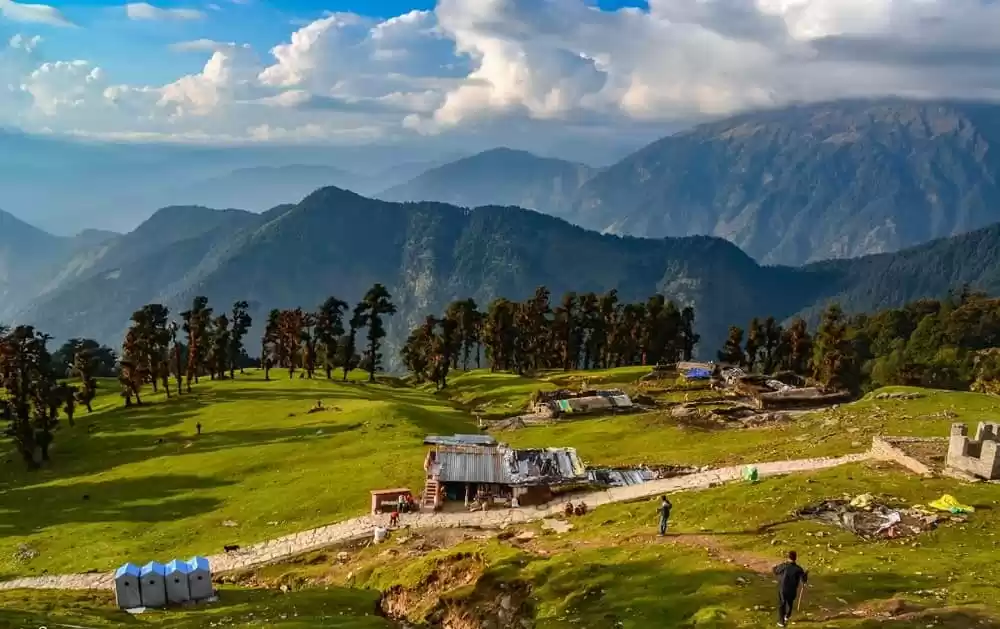In recent years, the concept of underground cities in the US has gained significant attention. From futuristic urban planning to providing solutions for space constraints, underground cities are emerging as a potential answer to the growing needs of modern society. The technological advancements driving the development of underground cities in the US are both innovative and groundbreaking. These subterranean spaces offer a unique combination of practicality and creativity, addressing numerous issues related to urban living.
The Rise of Underground Cities in the US
The idea of underground cities in the US may sound like science fiction, but it has become a real possibility due to advancements in engineering, architecture, and technology. Urban populations are soaring, and space is becoming increasingly scarce, making the idea of building downwards an attractive solution. The development of underground infrastructure in the US began as a way to alleviate overcrowding, conserve land above ground, and create more sustainable living environments. As cities continue to grow, underground cities in the US are becoming an essential part of future urban planning.
The Role of Technology in Building Underground Cities
Building underground cities in the US requires advanced technology and expertise. One of the key factors that make these projects feasible is the progress in tunneling technology. Modern tunneling machines, like tunnel boring machines (TBMs), can dig through various types of soil and rock with high precision. These machines make it possible to create large underground spaces that can support residential, commercial, and recreational facilities. The use of TBMs has revolutionized the construction of underground cities in the US, allowing for safer and faster excavation.
Moreover, advancements in structural engineering are also vital in making underground cities in the US a reality. The ability to build strong and durable underground structures capable of withstanding pressure, water ingress, and seismic activity is crucial. Engineers and architects use cutting-edge materials such as reinforced concrete and steel to construct robust foundations, walls, and ceilings. These materials are not only durable but also efficient in managing temperature and humidity, making underground cities in the US comfortable and habitable.
Sustainability and Environmental Benefits
One of the major advantages of underground cities in the US is their sustainability. With the increasing awareness of environmental issues, building underground offers several environmental benefits. For instance, underground spaces naturally maintain stable temperatures, reducing the need for excessive heating or cooling. This leads to significant energy savings and helps reduce the overall carbon footprint of the buildings.
In addition, underground cities can help preserve valuable surface land for parks, green spaces, and agriculture. By developing underground cities in the US, urban areas can maintain a balance between development and nature. These cities can also help reduce urban sprawl, preserving surrounding ecosystems and preventing the loss of biodiversity.
Overcoming Challenges in Underground City Construction
While the technology behind underground cities in the US is advancing, there are still challenges that need to be addressed. One of the main hurdles is the complexity of construction. Building underground requires careful planning and precision to ensure that the space is safe and comfortable for residents. Issues such as water table management, ventilation, and lighting need to be taken into account during the design phase.
Furthermore, the cost of constructing underground cities in the US can be high, particularly in the initial stages. The excavation process, as well as the installation of utilities and infrastructure, requires substantial investment. However, as technology improves and the demand for underground spaces increases, the cost of construction is expected to decrease, making underground cities in the US more accessible.
The Future of Underground Cities in the US
The future of underground cities in the US is incredibly promising. As technology continues to evolve, more cities will likely explore the potential of building underground spaces. Some projects have already begun, such as the underground developments in cities like Las Vegas, Seattle, and New York. These projects demonstrate the feasibility and potential of underground living, providing a glimpse into what future urban landscapes might look like.
With the growing pressure on surface-level infrastructure, underground cities in the US may become an essential part of urban development in the coming decades. These cities could alleviate congestion, improve sustainability, and create new spaces for living, working, and leisure. The technological advancements that have made underground construction more feasible are poised to transform how we think about urban spaces.
Conclusion
The technology behind underground cities in the US is paving the way for a new era of urban living. As cities face increasing challenges related to space, sustainability, and population growth, underground developments offer an innovative solution. With the help of advanced tunneling equipment, structural engineering, and sustainable practices, underground cities in the US are becoming more than just a dream. The future holds immense potential for these subterranean spaces, which could change the way we design, live, and interact with our urban environments. As technology advances, the possibility of thriving underground cities in the US is no longer a far-off concept but an exciting reality.













